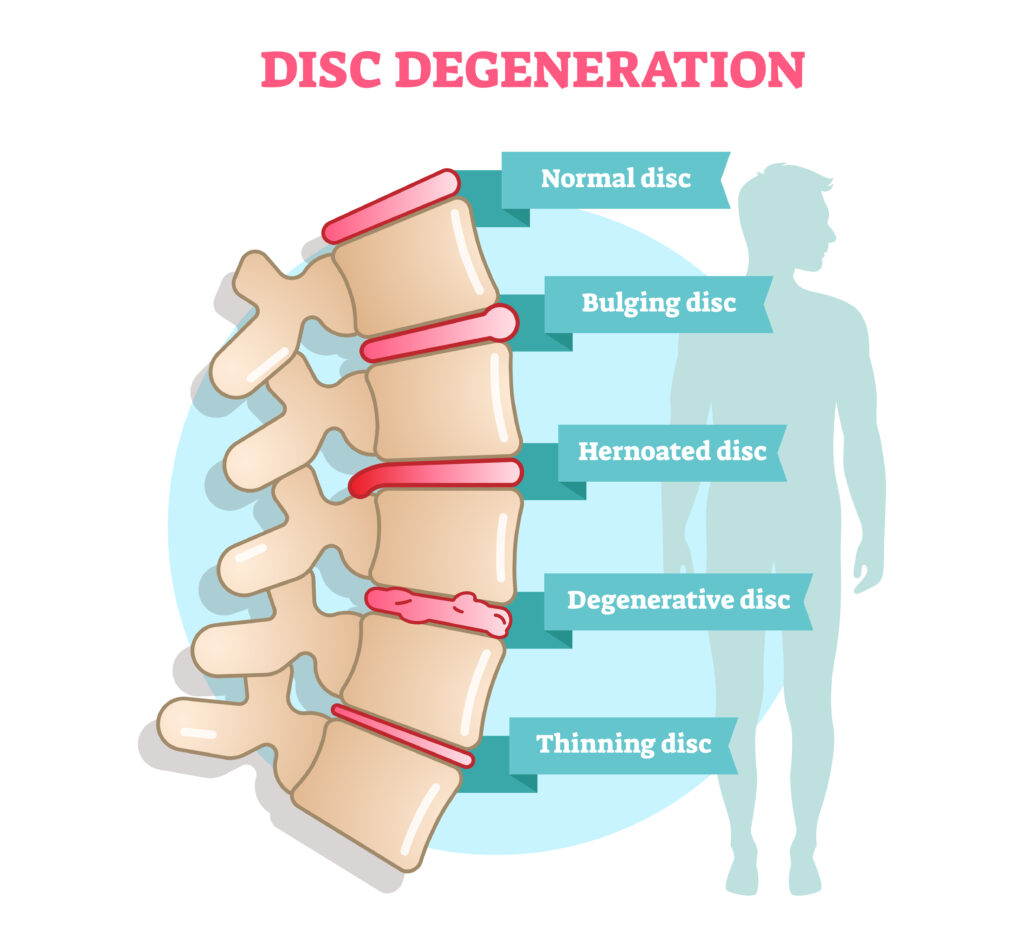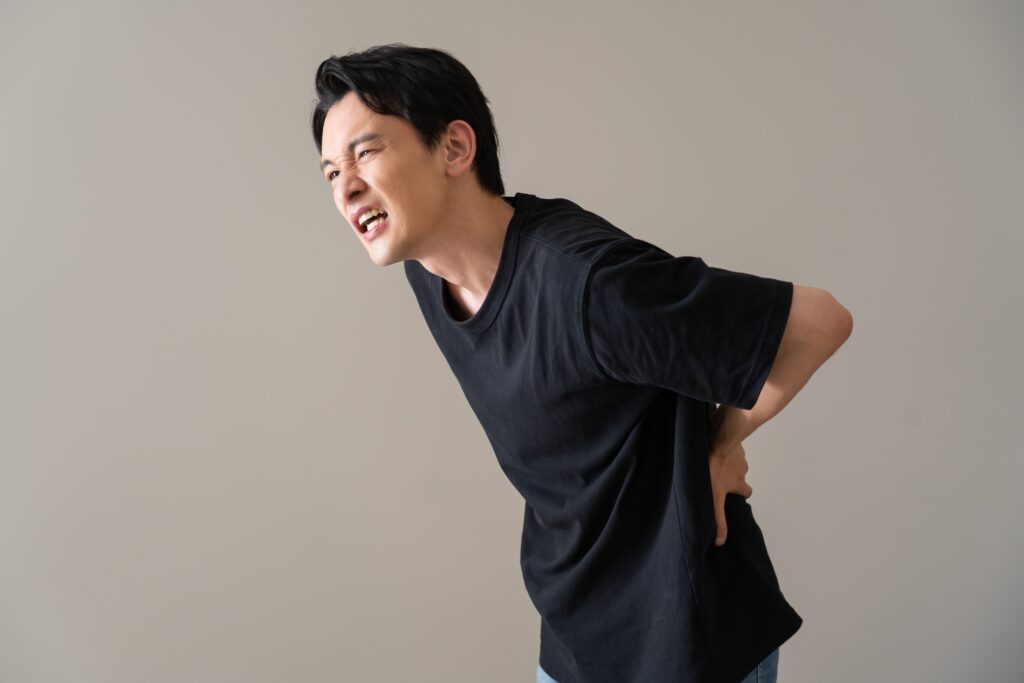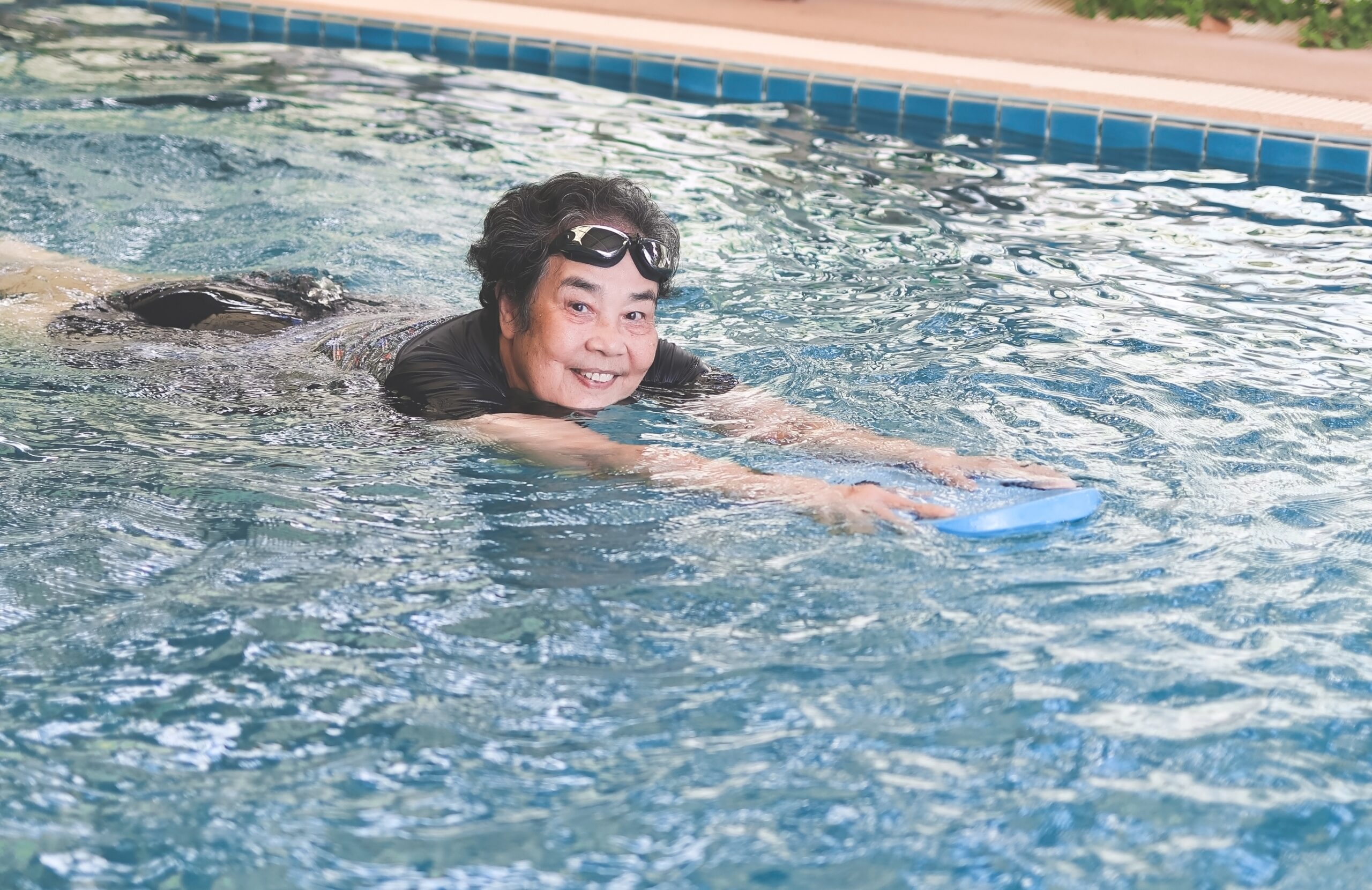Are you aware that Degenerative Disc Disease (DDD) is not a disease but is considered a natural part of the ageing process? It is a common condition that affects the small joints and spinal discs, leading to pain, stiffness, and reduced mobility, compromising the quality of life of many people in Singapore especially those who are 60 years or older.
While DDD can present challenges, it is possible to live well with this spinal condition by adopting healthy lifestyle practices, seeking appropriate medical care from a Neurosurgeon in Singapore, and making necessary adaptations to daily life.
Simply put, due to the strain of daily activities, parts of the spine can progressively lose their normal alignment, structure and, eventually, function, resulting in Degenerative Disc Disease (DDD). Specifically, DDD is caused by changes to the structure of the intervertebral discs. Spinal discs cushion each vertebral bone when functioning normally, resulting in its flexible and durable nature. As we age, due to constant pressure and strain, the outer layer of the disc becomes weaker, and the disc becomes thinner, reducing its ability to compress and absorb pressure. Flat, dry spinal discs can rupture and press on sensitive nerves in your spinal cord, which may cause back pain. Severe degeneration may leave your vertebrae vulnerable to fractures.

In general, several risk factors contribute to the development of DDD, including:
Other conditions that can affect the spine include inflammation (arthritis), scoliosis (abnormal spine alignment), infection, tumours (primary or secondary), physical inactivity (being bed-bound or wheelchair-bound due to stroke or trauma), congenital or acquired neuromuscular disorders (like multiple sclerosis), endocrine disorders affecting bone, and congenital or genetic disorders affecting the axial spine (such as ankylosing spondylitis).

Despite its association with old people, degenerative disc disease (DDD) does not just affect the elderly. DDD can impact individuals of any age — even young people —due to the occurrence of annular tears in the spinal discs, which are a fundamental cause of the condition. These tears can develop at any stage of life, leading to the progression of DDD regardless of age. Hence, some adolescents and young adults may suffer from juvenile DDD, often leading to lower back pain and other symptoms similar to those seen in older patients.
Besides factors such as genetic predisposition, repetitive stress and trauma can also contribute to the early onset of disc degeneration in younger individuals. In particular, young people with sports injuries are more prone to DDD than their counterparts who have not incurred such injuries. This is because repetitive stress and trauma from sports activities, such as athletics, boxing, swimming, and tennis, can accelerate the degeneration of spinal discs. These activities often involve chronic application of stress or pressure on the spine and torso, which can damage the discs and lead to early degenerative changes. Therefore, while exercising is generally beneficial for the spine, everyone should prioritise safety when playing sports to reduce the risk of sports injuries that take a toll on spinal health.

You may need to see a Neurosurgeon for Degenerative Disc Disease if conservative treatments like medication, physiotherapy, and lifestyle changes have not provided sufficient relief, and you experience persistent and severe symptoms such as:

Here are some tips to follow for a higher quality of life:
While degenerative disc disease is not reversible, getting the specialised care you deserve from a Neurosurgeon can be beneficial for certain patients. In some cases, regular monitoring with periodic check-ups may be recommended to track the progression of DDD, assess functional status, and address any emerging issues. A Neurosurgeon can provide tailored medical advice on the following points:
Regularly sitting with the wrong posture is a major factor in causing frequent back pain. This is because incorrect posture (i.e. leaning the head forward and hunching the shoulders) can add strain to the spinal cord, resulting in discomfort, particularly for those already dealing with DDD.
Therefore, it’s crucial to adopt a healthy posture by sitting with a straight back and legs aligned parallel to the ground.
Apart from the treatments mentioned above, specific exercises can be crucial in managing the discomfort associated with DDD. It is important to note that the suitability of these exercises may vary depending on the root cause of their condition, and patients should consult with their Neurosurgeon before starting any exercise routine.
Here are some exercises for DDD that may improve your condition:
The usual healthy living advice that you are familiar with is also relevant to the management of DDD:
Degenerative Disc Disease (DDD) is related to spinal misalignment which induces further damage to the nerve roots and spinal cords during activities of daily living. Although DDD is an age-related spinal condition, it can affect anyone regardless of their age even young people.
While DDD can’t be prevented, it doesn’t necessarily need to be debilitating. Becoming aware of the symptoms, exploring the treatment options, and following certain healthy lifestyle practices can help patients manage the pain and discomfort often associated with DDD. , Leading a healthy lifestyle, such as maintaining a proper posture, engaging in suitable exercises and eating in moderation, can enable patients with DDD to control their condition.
In order to boost your quality of life, seek specialised care to manage your DDD effectively. Book a consultation with our experienced Senior Consultant Neurosurgeon, Dr Sein Lwin, today for disease monitoring, tailored treatment advice, and personalised lifestyle tips. Dr Sein is well-versed in treating DDD in adults of all ages including young adults, helping them to take charge of their spinal condition and enjoy a higher quality of life.
Contact Us For More Information
We provide quality specialised care for neuro and spine conditions.
For enquiries, leave a message and our friendly team will get in touch with you.
Monday – Friday: 9:00AM – 5:00PM
Saturday: 9:00AM – 12:30PM
Sunday & Public Holiday: Closed
We provide quality specialised care for neuro and spine conditions.
For enquiries, leave a message and our friendly team will get in touch with you.
Monday – Friday: 9:00AM – 5:00PM
Saturday: 9:00AM – 12:30PM
Sunday & Public Holiday: Closed
We provide quality specialised care for neuro and spine conditions.
For enquiries, leave a message and our friendly team will get in
touch with you.
Monday – Friday: 9AM – 1PM | 2PM – 5PM
Weekends & Public Holidays: CLOSED
© 2023 All Rights Reserved | Advanced Brain & Spine Surgical Centre | Terms & Conditions